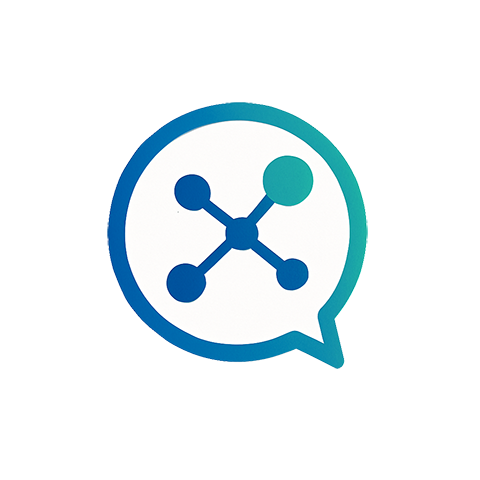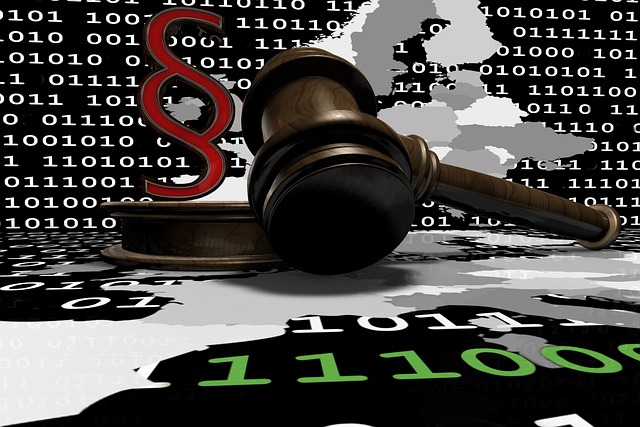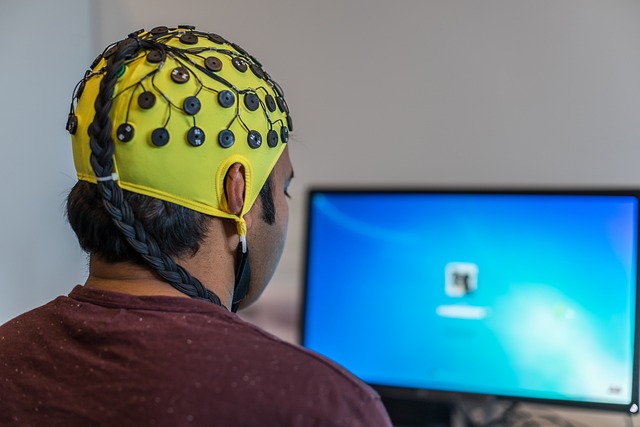In an era where digital footprints grow heavier by the minute, the line between legitimate intelligence gathering and illicit industrial espionage has become increasingly blurred. Companies that once relied solely on physical assets now protect cloud infrastructure, proprietary algorithms, and intellectual property as fiercely as their manufacturing lines. The rise of remote work, cross‑border collaborations, and open‑source tools creates a fertile environment for both ethical data sharing and covert data theft. Understanding the etiquette that governs technology use in professional settings is therefore essential for anyone who wants to navigate the complex social currents of cybersecurity. This article examines how the evolving etiquette of technology use intersects with current social trends, and how these dynamics influence the prevalence of industrial espionage.
The Social Etiquette of Digital Collaboration
Social etiquette in the digital realm is more than a set of polite rules; it is a shared vocabulary that signals trust, respect, and intent. In modern workplaces, collaboration platforms such as secure messaging, project‑management suites, and shared code repositories have become the primary venues for idea exchange. When colleagues share code snippets, configuration files, or design documents, they implicitly invite scrutiny from others. Etiquette dictates that sensitive data should be anonymized, encrypted, or shared only with verified parties. The absence of such practices opens the door for industrial espionage, as attackers can exploit poorly protected channels to exfiltrate confidential information.
- Use end‑to‑end encryption when transmitting proprietary information.
- Label documents with confidentiality markings and restrict access accordingly.
- Encourage a culture of reporting suspicious activity rather than ignoring it.
Verbal and Written Norms in Technical Meetings
Technical meetings—whether in‑person or virtual—serve as breeding grounds for creative breakthroughs. However, they also present prime opportunities for industrial espionage. When discussing product roadmaps, supply‑chain vulnerabilities, or security protocols, participants should maintain a disciplined approach to information disclosure. This involves verbal norms such as speaking only to the audience, avoiding tangential anecdotes that might hint at strategic direction, and employing jargon that is clear to insiders but opaque to outsiders. Written norms include using secure collaboration tools, maintaining meeting logs with access controls, and ensuring that any shared slides are watermarked or tokenized.
“In our industry, a single shared slide can represent millions in revenue potential,” notes a seasoned product manager. “Guard it like you would guard any valuable asset.”
Emerging Social Trends Amplifying Industrial Espionage Risk
The digital landscape is in constant flux, and several social trends are magnifying the risk of industrial espionage. Firstly, the gig economy has introduced a vast pool of highly skilled professionals who often juggle multiple contracts across competing firms. While this cross‑employment fuels innovation, it also raises the risk of accidental or deliberate leakage of proprietary knowledge. Secondly, the proliferation of hackathon culture, where teams rapidly prototype and publish code, can lead to accidental exposure of confidential algorithms if shared repositories are not adequately secured. Finally, the normalization of social engineering through platforms like professional networking sites means attackers can craft sophisticated social attacks with realistic pretexts.
- Establish clear policies on the handling of dual‑employment situations.
- Implement code‑review workflows that flag unprotected repository access.
- Educate employees on the subtle cues of social engineering.
Culture of Openness Versus Security
Many organizations champion a culture of openness, encouraging employees to freely share ideas and collaborate across departments. While this fosters creativity, it can inadvertently lower security barriers. The etiquette of openness should be balanced with the necessity of safeguarding sensitive data. For instance, internal knowledge‑sharing portals can be segmented by clearance level, ensuring that only those with the appropriate clearance can access the most confidential material. Moreover, open communication channels should be coupled with real‑time monitoring to detect anomalous access patterns that may signal an industrial espionage attempt.
Practical Etiquette Guidelines to Counter Industrial Espionage
Below are actionable etiquette guidelines that organizations can adopt to mitigate the risk of industrial espionage while maintaining a healthy collaborative environment:
- **Zero‑Trust Data Handling:** Treat every data packet as if it were already compromised; verify source and destination before transmission.
- **Clear Data Classification:** Use a three‑tier classification system—public, internal, and confidential—and enforce strict access controls for each tier.
- **Regular Audits of Collaboration Platforms:** Conduct monthly reviews of user access rights, especially for remote or third‑party contributors.
- **Secure Onboarding and Offboarding:** Implement a process that revokes all digital privileges immediately upon employment termination.
- **Continuous Security Training:** Hold quarterly sessions that update staff on the latest industrial espionage tactics and social engineering trends.
Legal and Ethical Dimensions
Beyond etiquette, the legal framework surrounding industrial espionage shapes how organizations approach security. Copyright law, trade secret statutes, and international agreements such as the World Trade Organization’s Agreement on Trade‑Related Aspects of Intellectual Property Rights (TRIPS) impose penalties for unauthorized disclosure of confidential information. Ethical norms in the tech community, however, often precede legal mandates, setting expectations for responsible behavior. When employees understand that their actions can have legal ramifications—beyond mere corporate policy—they are more likely to adhere to stringent etiquette practices.
The Future of Etiquette in the Cybersecurity Landscape
As quantum computing, artificial intelligence, and decentralized architectures advance, the methods of industrial espionage will evolve correspondingly. Future etiquette guidelines will need to account for AI‑driven code synthesis, which can produce near‑identical proprietary code from public datasets. Companies will have to adopt “AI‑aware” etiquette—reviewing all AI‑generated artifacts for potential intellectual property leakage. Similarly, quantum‑resistant encryption protocols will become a baseline etiquette standard, ensuring that even quantum adversaries cannot trivially break confidentiality.
In the long run, a culture that blends rigorous technical safeguards with clear, socially‑informed etiquette will serve as a bulwark against industrial espionage. By continuously revising these norms to reflect emerging technologies and social practices, organizations can protect their intellectual assets while fostering the open collaboration that drives innovation.




